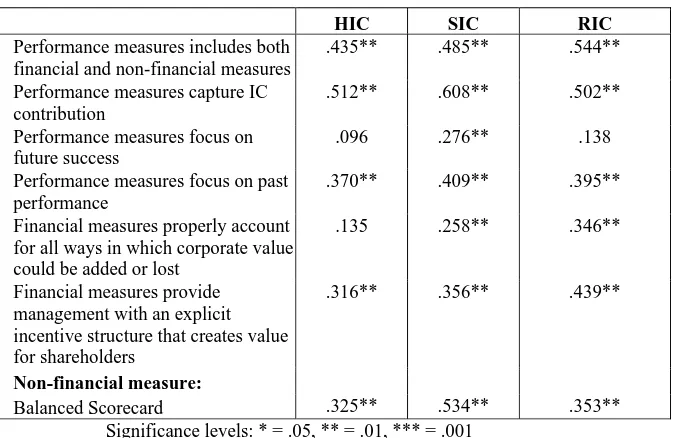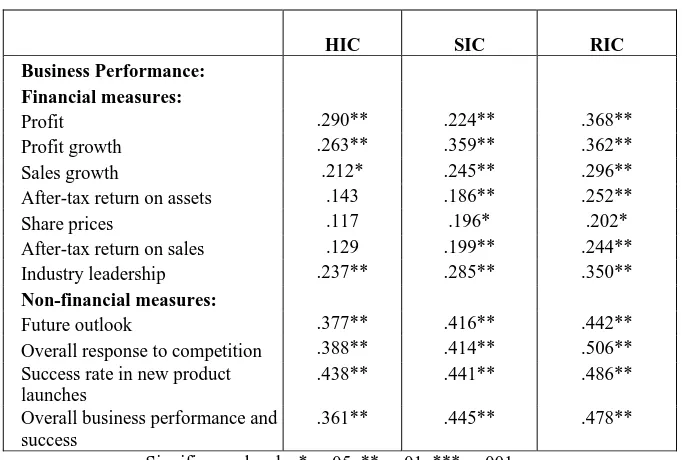The implications of intellectual capital on performance measurement and corporate performance
Full text
Figure



Related documents
is there a significant positive relationship between the components of Value Added Intellectual Coefficient (human capital, employed capital and structural capital) and firm’s
The second part contained measurements of intellectual capital (including human capital, structural capital, and relational capital); the third part measured
Intellectual capital is a combination of the value added created by physical capital (VACA), human capital (VAHU), and structural capital (STVA) where this value
The result of the research on Intellectual Capital element consisting of VACA (Value Added Capital Employed), VAHU (Value Added Human Capital) dan STVA (Structural Capital Value
The study investigated the relationship between efficiency of the value added by the major components of a firm's resource base (physical capital, human capital and
of Intellectual Capital, namely human capital, structural capital, relational capital, and organisational culture and value system capital (evaluated through t-test
Pengaruh Value Added Capital Employed (VACA), Value Added Human Capital (VAHU) dan Structural Capital Value Added (STVA) Terhadap Kinerja Keuangan Perusahaan Jasa
This study revealed that human capital efficiency, structural capital efficiency and capital employed efficiency have a significant positive relationship with economic value added